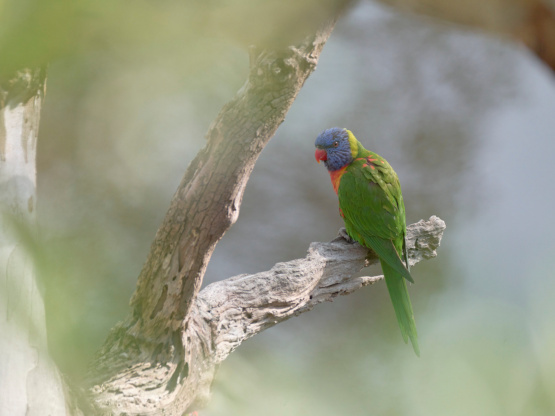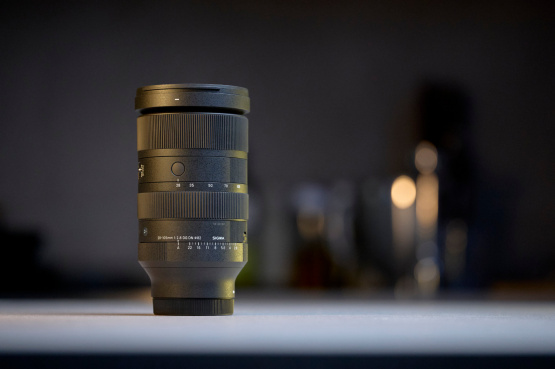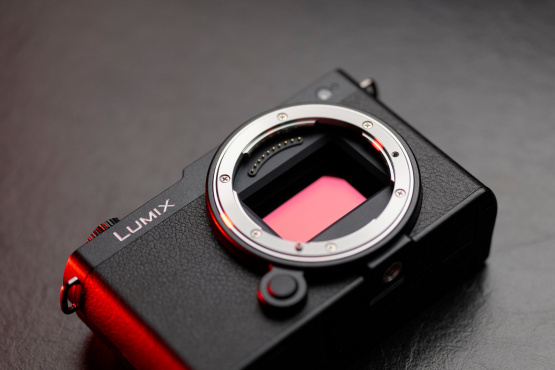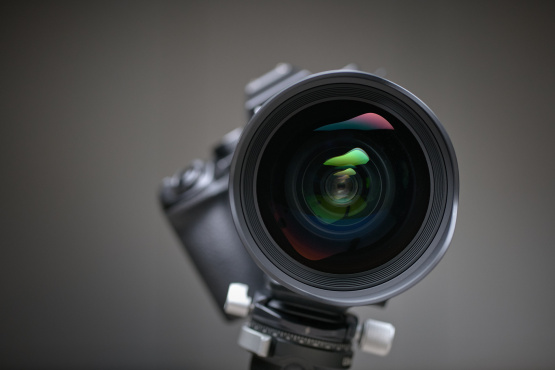In a perfect world all camera bodies would have a built-in ND system that employs electronic means to dial-in whatever level of light reduction you need. Alas, that world is far from perfect and in the year 2023 I am still resorting to putting physical ND filters on each lens to minimise the exposure length for my video work.
(If you’re new to the acronym ND, it simply refers to Neutral Density, used to slow down the light evenly across the frame. For this article I’m referring mostly to a straight ND instead of a graduated filter or a variable ND.)
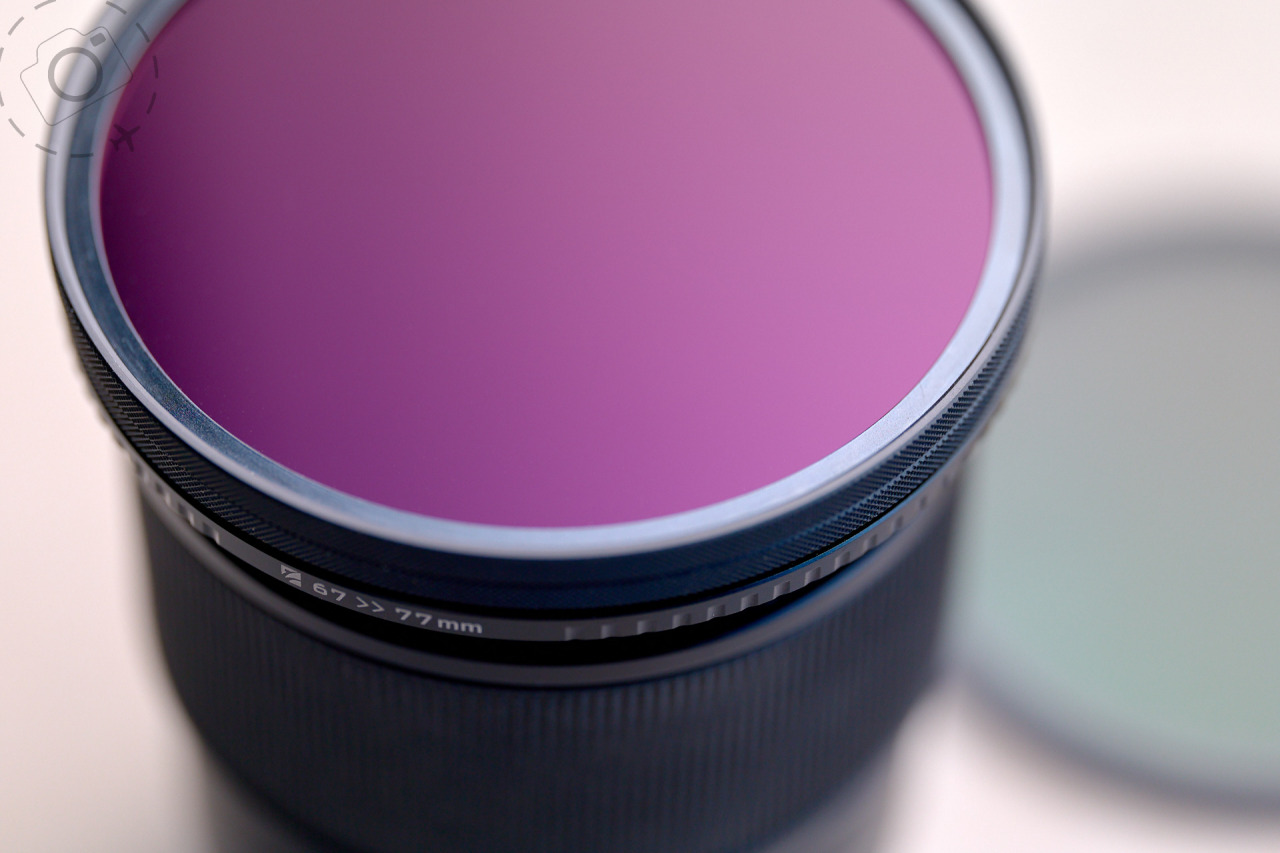
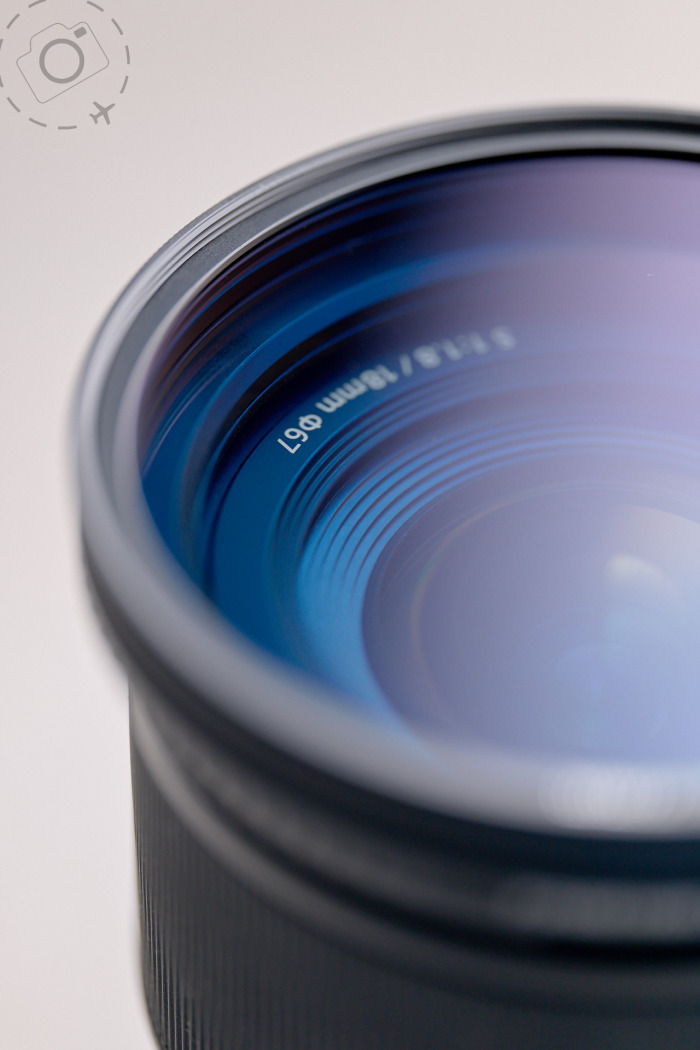
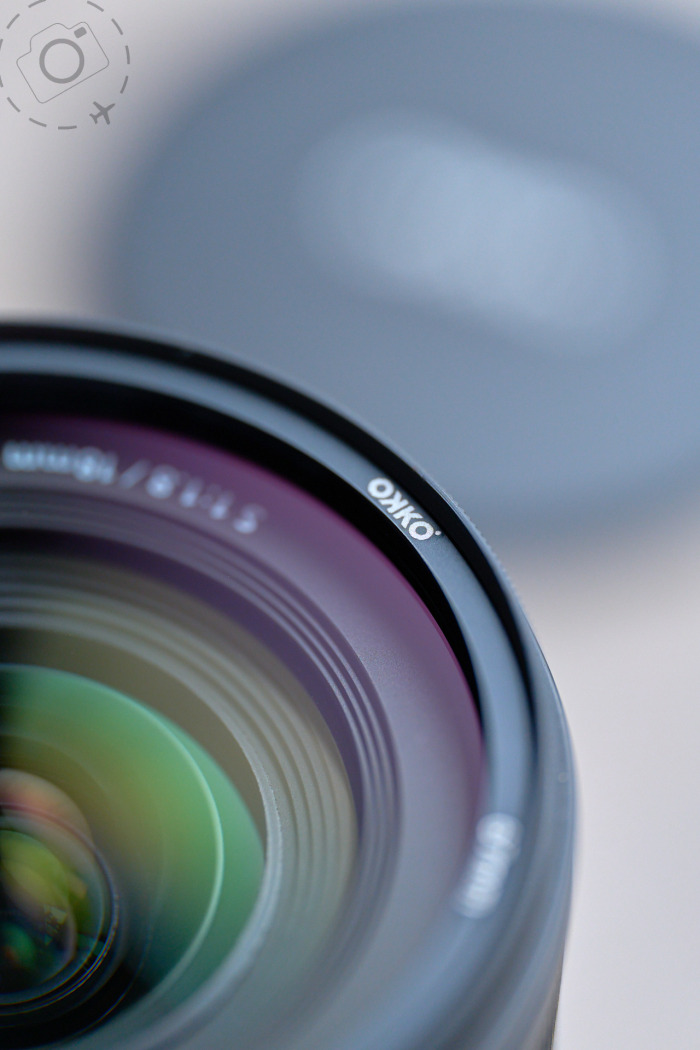
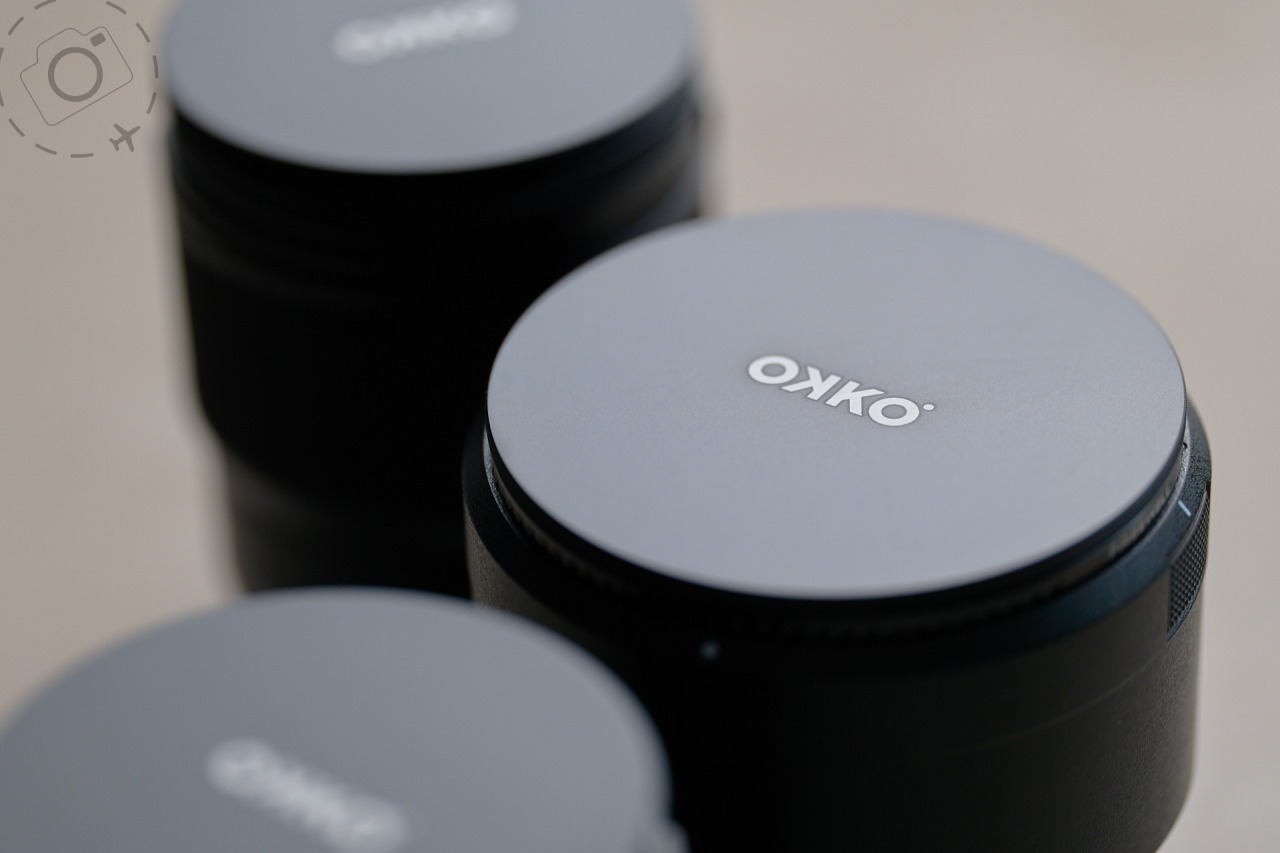
Video vs Stills
In the past few months I have been on a quest to narrow down a magnetic filter system that makes my life easier, without reducing the quality of my video captures. I need to emphasise here that video is the main reason I shoot with filters. I rarely find myself capturing long-exposures of waterfalls and I am allergic to polarisers (CPL). ND is what I need because I love working at very shallow depth of field, even while capturing video with a large shutter angle. Those requirements often clash with shooting in full daylight with a sensor that starts at ISO640. That’s why an ND64 (6-stops) is often very useful.
But I also shoot stills, where faster shutter speeds deliver sharper images. Having the option to quickly remove the ND filter is essential. Earlier this year I did a shoot in Vietnam that was primarily for stills, with a little video thrown in for fun, and I had a couple of screw on ND filters to swap in and out as needed. Getting a screw-on filter off is not a problem, but getting it back on again without missing the moment is always a drama. You end up fumbling and missing the thread, a little panic creeps in, you might even cross-thread the lens if you rush too much, and critical time is flying past you instead of capturing the scene you envisaged.
Magnetic filters are a much much better solution to screw ons.
I wrote an article a month ago about Variable NDs and why I’m avoiding them, and there’s a link below to read more about that. The main takeaway here is minimising the colour shifts and issues with uneven exposure. A straight ND is likely to deliver better quality, albeit without the obvious flexibility that a VND offers. In the same way zoom lenses are more convenient, but primes usually deliver better quality, I am drawn to the straight ND option.
https://ewenbell.com/blog/Neutral_Density_Theory_vs_Chaos
Sticky Options
Shopping for magnetic filters is like sliding down the rabbit hole. Lots of brands are making the move, and the offerings do vary quite a bit. Many are heavily focused on VND instead of straight filters, so I’ve side-stepped those entirely. Each brand has it’s own system, and they are not designed to work across the brands. If you buy a Freewell base adaptor don’t expect an OKKO filter to sit right in there. Some do play nice with each other, and I’ll touch on those later.
Aside from image quality the biggest difference between magnetic designs is how strongly they attract. Kase have gone for the “super glue” option with their Revolution series of magnetic filters, while others have gone for something dialled down a little more. Who is right will depend on your personal preferences a little, and whether or not you want your ND to mostly live on the lens or just be an occasional guest. I found myself annoyed by both options, which underlines that there really is no “right answer” when it comes to magnetic strength.
OKKO have gone for the approach that you generally pack away the ND filter, but generally have the UV and a lens cap in place. The UV filter on the OKKO is also the magnetic base, so once screwed in you can slip on a magnetic ND of your choosing quickly and simply. I like the idea of a UV filter being permanent on the lens, and then adding an ND when I need it. I was worried that having both filters on the lens at the same time might lead to issue with refraction, but after two weeks shooting on the Kimberley Coast I never saw of those issues.
The ND filters by OKKO are very very slim. They are not intended to stay on the camera when you pack it away. They don’t have a lip for regular lens caps, and when you pop the OKKO magnetic cap onto the ND there’s a significant gap between the cap and the ND. This design is absolutely geared towards removing the lens cap quickly, without dragging the ND with it. The lighter magnetic strength of the cap and NDs also reduces impedance when swapping out filters – changing to a lighter or stronger ND for example.
In my experience the super-strong magnets in the Kase, combined with a flush fit of the lens cap, does lead to moments when the cap and ND are really hard to separate. It takes a moment and perhaps some deft finger work to get them apart. That’s not ideal when you’re on the job and flipping between stills and video to capture the moment with both. OKKO have opted to ensure you can separate the cap from the ND with zero fuss, because that small but defined gap gives you easy access to lever the cap off without taking the ND with you. Combined with the noticeably gentler magnetic strength, I found the OKKO filters and cap could be easily and reliably removed.
The downside to the OKKO design is that you may not want to pack away your lens into the bag while the ND is still mounted. The cap won’t feel very sturdy and that cap-gap creates a catch point which might see the cap dislodged while packing or unpacking. If the assumption is that you put all ND and CPL filters neatly into a filter case when you’re done for the day, then the OKKO kits make a little more sense than the super magnets on the Kase. That super strength magnet on the Kase did give me grief on more than occasion when simply removing the cap, with no filters even attached to the lens, and the cap resisted. In the effort to remove it the cap slipped in my hands and bounced across the glass of my lens. That was the moment I realised that dialling down the magnetic strength is not such a bad idea.
It’s worth noting also that the OKKO filters, like the K&F, have a thread on the cap so you can lock down that cap onto a native lens thread even if you don’t have a magnetic base. That means each of the magnetic caps can also function as a backup lens cap in case you lose the original clip on. Given the rate at which I keep losing my lens caps, this particular detail is of significant value to me!
Image Quality
This was the most important factor for me when evaluating the filters. If the filters impact image quality significantly, then they’re not much good to me. I developed a testing procedure for this, which is lengthy and boring so I put all that information into a separate blog entry for those who care. The short version is, I took still images of a colour-checker with the ISO and White Balance locked off, then compared how much correction was required to restore accuracy across the primary colours. Davinci Resolve has a special feature built-in to achieve this.
TL;DR... OKKO came out on top of my testing.
I spent good money on the filters from Kase and K&F, and had very high hopes for them. Kase have a nice setup with a colour coded design to make it easy to lay hands on the right bit of glass. Image quality was good with the Kase filters, and significantly better than my reference VND filters. K&F also came out pretty well on the technical tests, with their ND8 being a little more accurate than the ND64.
OKKO however was the clear winner. Not only did it exhibit the least colour shift of any of the filters, but the minimal yellow shift was the easiest to correct. I found myself using these filters all the time on my Kimberley Coast shoot, because I trusted the colours more. When I’m out in a zodiac shooting hues of teal and ochre, the colours coming through on the footage was faithful.
Keep in mind that if you’re using the auto white-balance in camera then you have another variable affecting the final image hues. In the studio we lock down the colour temperature because we have controlled lighting, but out in the real world shooting travel content I’m relying on the camera to adjust as needed. A lot of my style of photography and video is to shoot into the sun. A lot of the Kimberley Coast travel is shooting in super super harsh light anyway. Despite all that, the OKKO filters gave me great results and beautiful images.
I should add that for both the studio and field tests I was shooting with the LUMIX S5II, and a selection of F1.8 primes made by Panasonic. These all have a 67mm thread, which makes it easy to apply the same filter setup across all my lenses.
If you want to look at the raw results from my testing, I’ve posted another blog entry here with all the boring stuff:
https://ewenbell.com/blog/Testing_ND_Filters
Practical Matters
Ease of swapping on and off was what I wanted, and that’s what I got. I planned my trip with a little pouch filled with different filters from each brand, but I quickly ditched the pouch and stuck with the OKKO. Trust is a funny thing, and once I did my studio tests I was reluctant to use the other brands.
I like the Kase design features, including the option of an inner magnetic-base instead of the regular elevated magnetic base. I like that you can remove the UV filter and pop on an ND without having double the glass. It was the only design I tested that allows for a regular screw-on filter to be applied on top of the magnetic base. I like that the magnetic cap is like super glue so you can leave the ND in place when you return the camera to the bag and it won’t slip off. But that extra strength magnet is a real pain when simply removing a lens cap, and I totally see why other brands have decided to dial-down their intensity.
I did lose two of my OKKO filters while out in the field. The first was when shooting on the top deck of our expedition ship, and I was working the foreground bokeh. My lens nudged along the balustrade, and the filter popped off without hesitation and went drifting in the breeze and plopped into the ocean. I need to be more careful with that, I really do! The second was in a helicopter. I had been filming the heli landing on a beach and wanted to keep my rotor blades blurred for the stills. ND64 is perfect for that, giving me around 1/200th of a second even at F2. I jumped into the helicopter for a doors off trip, forgetting that the filter was still in place. It was gone by the time we landed at Mitchell Falls.
How much magnetic strength is the right strength? This will something photographers will debate for years to come. Kase have gone for super glue, and that was not ideal. OKKO have gone for “don’t leave the ND on the lens when you pack the camera away”, and that’s not ideal either. For most photographers the task of removing the ND and putting inside a pouch or case is no big deal. The image quality is so good on the OKKO however, that I can’t see myself using anything else now.
I’m looking forward to OKKO releasing a few more versions of the ND. They have ND64 (6-stop) and ND1000 (10-stop) at the moment, plus the CPL, the UV Clear (with magnetic base) and a straight magnetic adapter ring.
Mix and Match
If you already own a Freewell magnetic base, you may be wondering if any of these filters will snap on nicely. I tested a Freewell magnetic adapter ring, that stepped from 67mm to 77mm, so I could put 77mm filters onto my 67mm lenses (and use the same for my 77mm thread telephoto gear). Kase filters snap on just fine to the Freewell base. Neither the K&F nor the OKKO fit perfectly on the Freewell, or on the Kase for that matter (either the inner ring or the standard ring). The OKKO filters were still functional with the Freewell magnetic base, but they don’t sit flush and you’d be worried they might pop off if nudged the wrong way.
OKKO don’t sell complete kits for their filter system as yet. They sell each item as needed, including the UV Magnetic base, empty Magnetic Adapter Ring, Magnetic CPL, Magnetic Cap, and ND in a choice of 6-stop or 10-stop. You can buy the OKKO filters direct or through a few local outlets including stores such as Borges and Camera House. As with all the OKKO Pro products, they offer a lifetime replacement guarantee that covers everything from minor defects to your own stupidity (such as dropping them off a boat):
https://okkopro.com.au/policies/refund-policy
Where To Shop
okkopro.com.au
digitalcamerawarehouse.com.au/?rf=kw&kw=okko
camera-warehouse.com.au/catalogsearch/result/?q=okko
Also a quick shout out to Photogear who were able to fulfil my order for a bunch of filters super quick. They haven’t got the magnetic OKKO items in stock yet, but keep an eye on that...
https://photogear.com.au/search?q=okko
Take a look at 2 mins of video from the Kimberley Coast, and see why ND filters are a nice thing to have for video work:
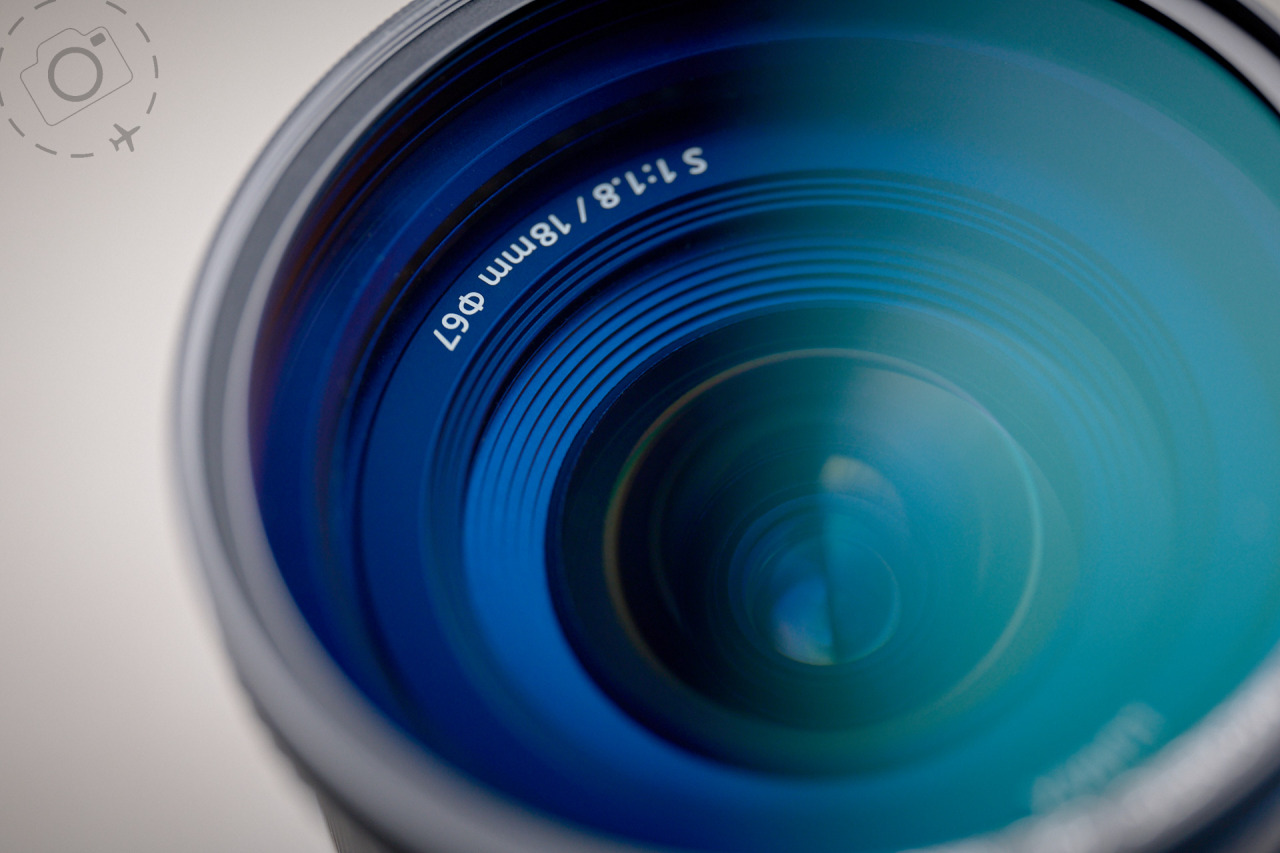
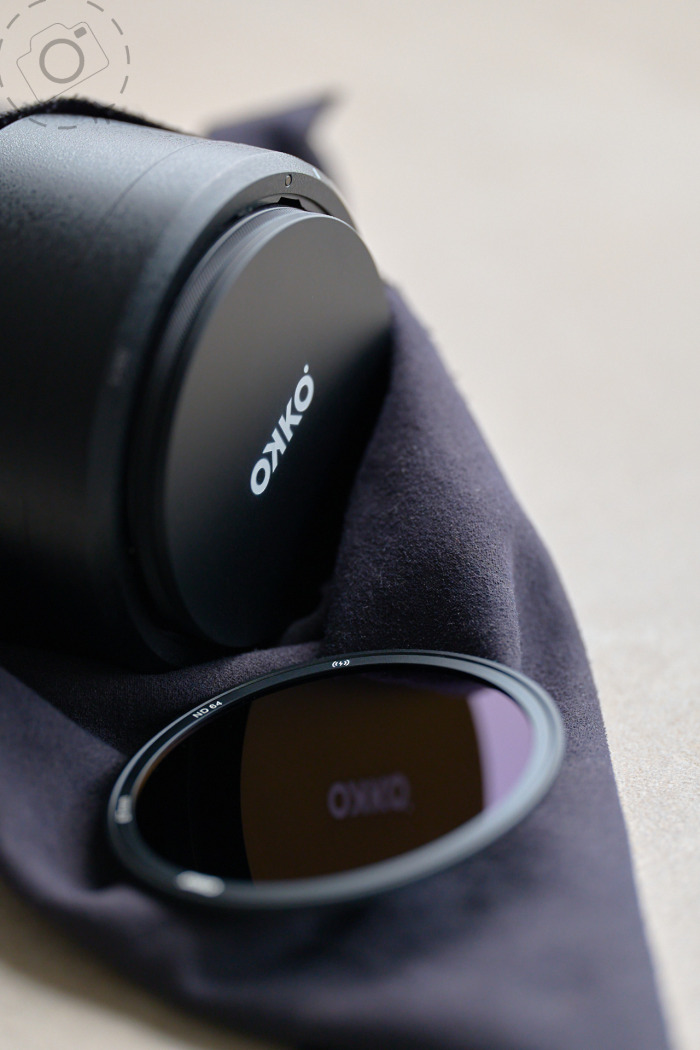
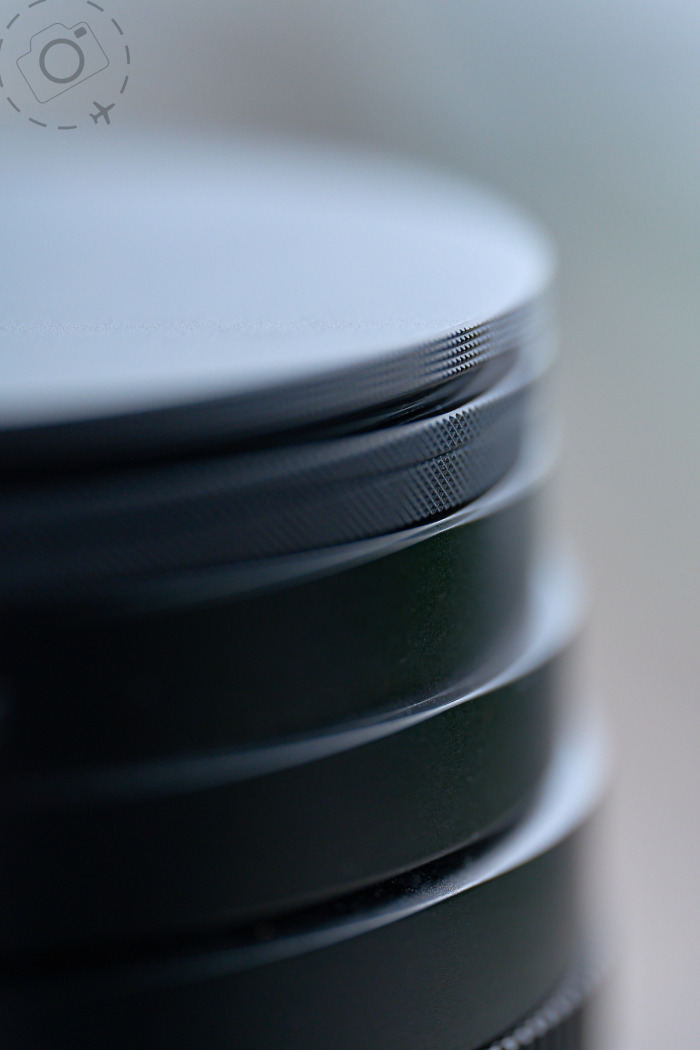
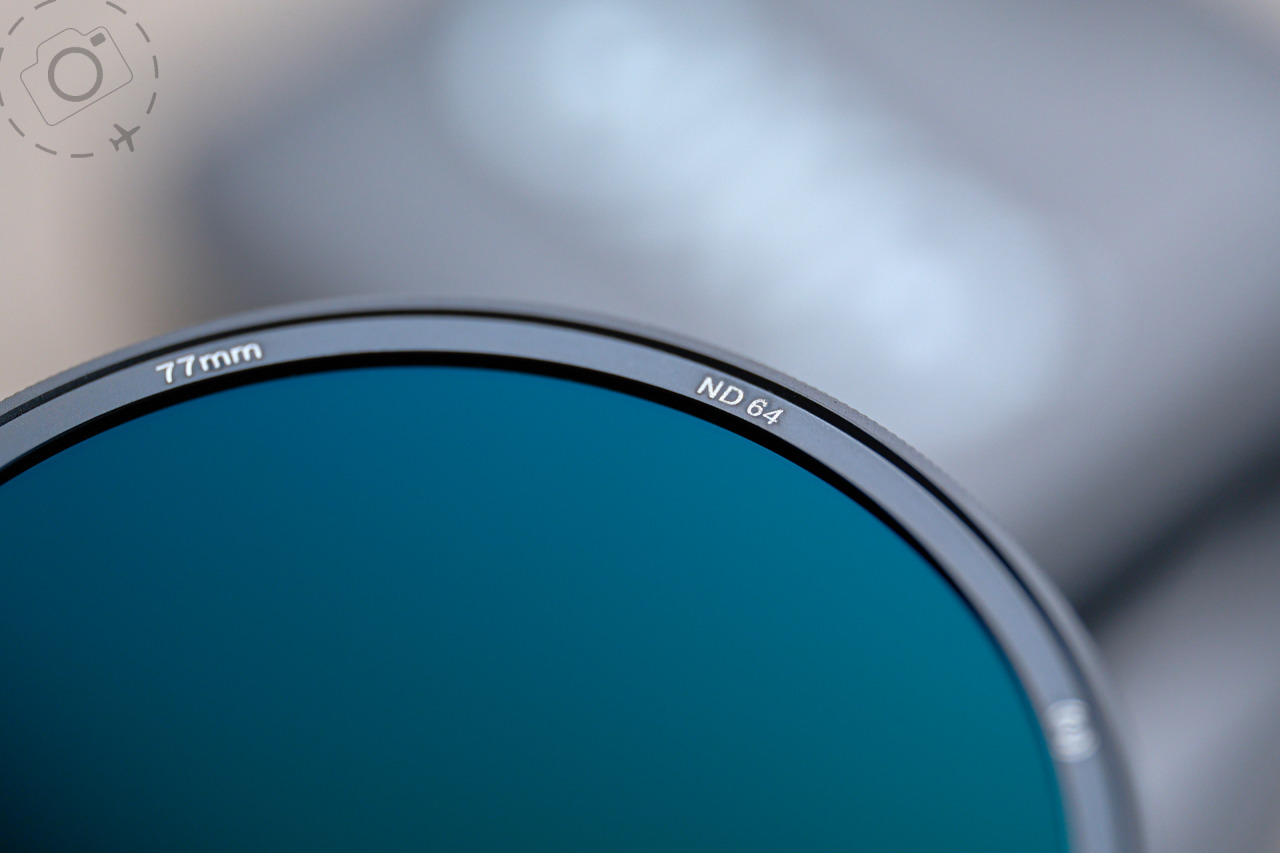
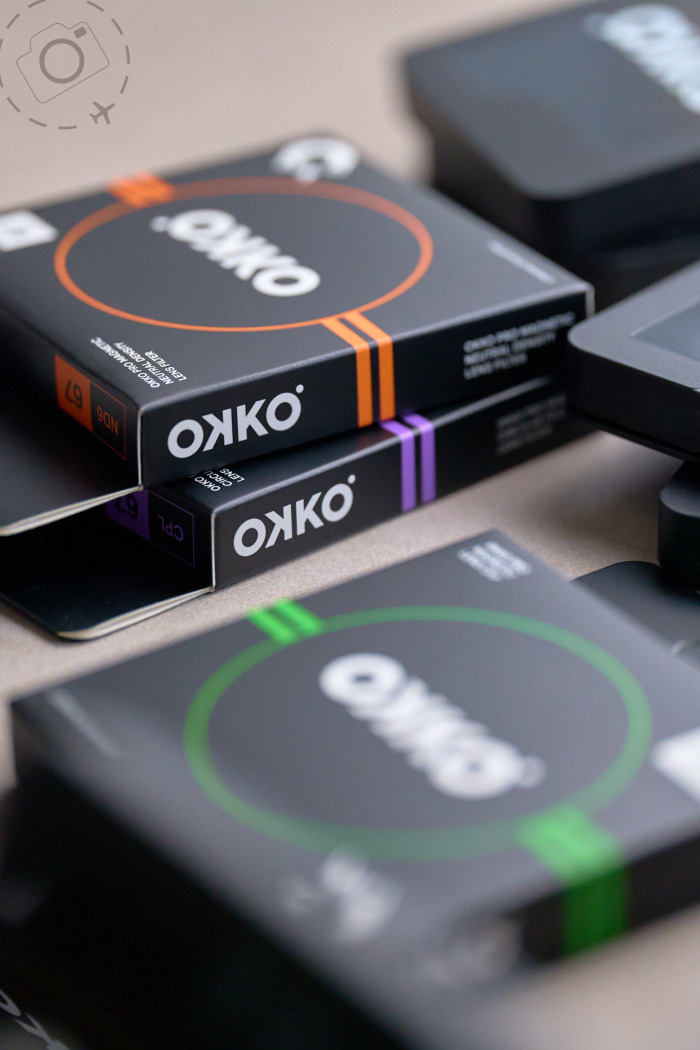

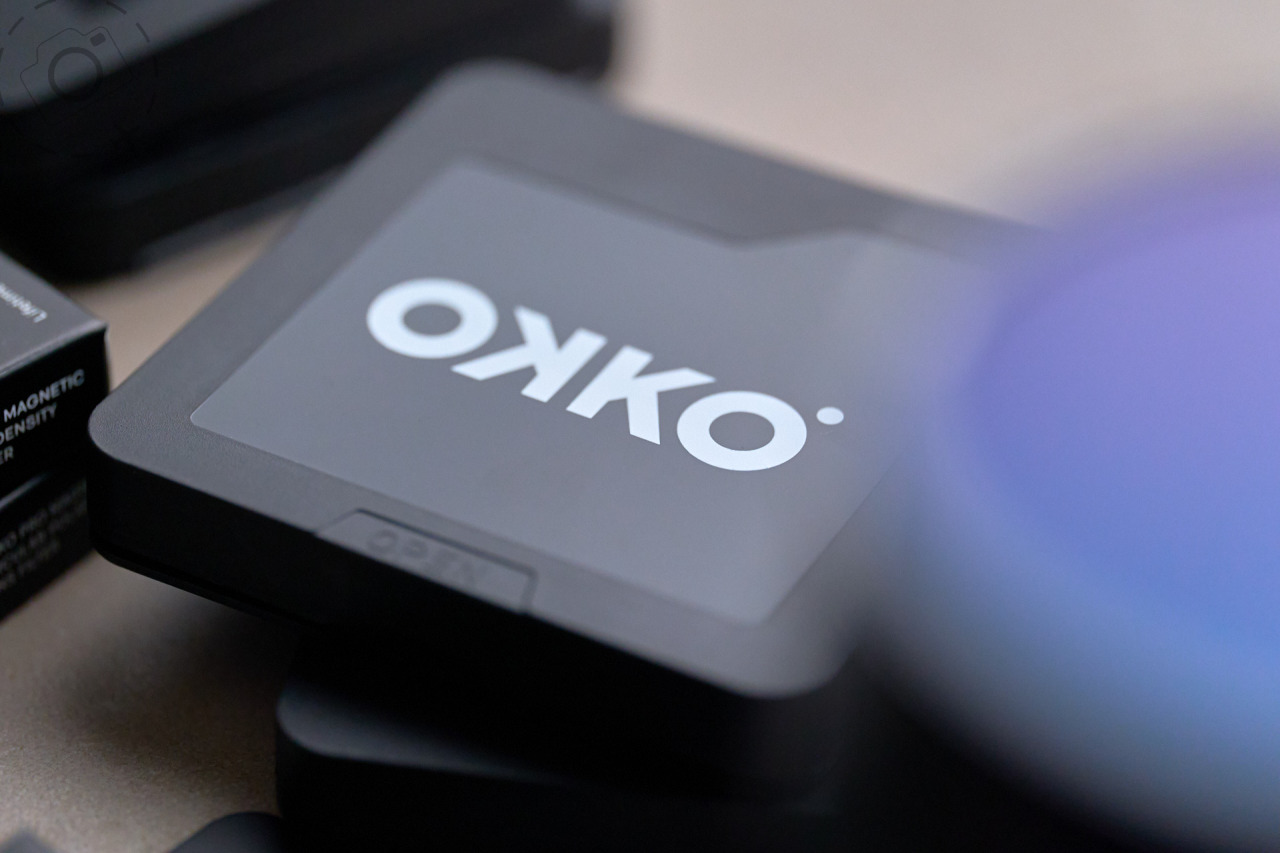

Keep Reading
Join Ewen's newsletter for monthly updates on new photography articles and tour offers...Subscribe Here




